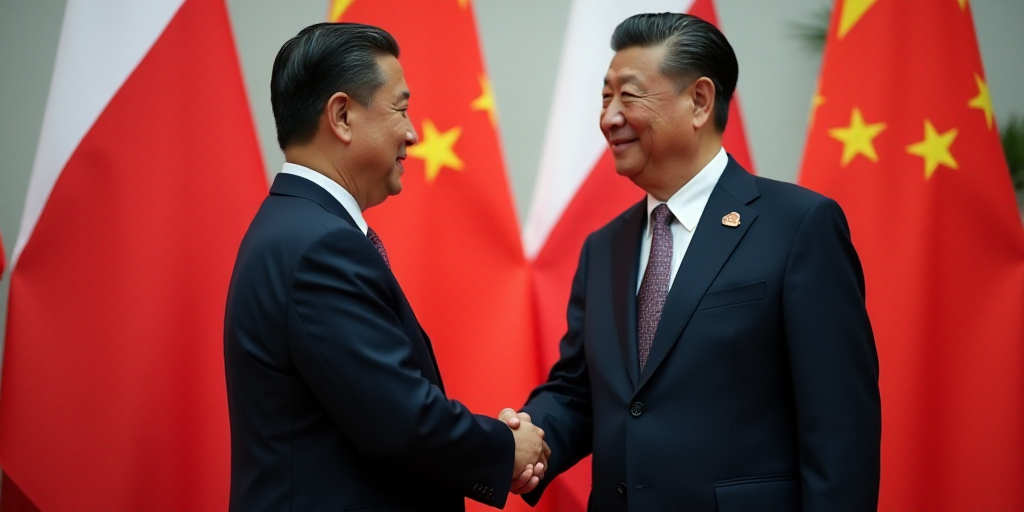Introduction to the New Silk Road Initiative
Colombia has recently signed on to the Belt and Road Initiative (BRI), also known as the New Silk Road, during a meeting between President Gustavo Petro and Chinese President Xi Jinping in Beijing. Although specifics of the cooperation agreement have yet to be published, Colombian officials have confirmed that the focus will be on transitioning to renewable energy, reindustrializing the healthcare sector, and advancing artificial intelligence.
Understanding the Agreement
The Colombian government has clarified that this is not a treaty, memorandum of understanding, or legally binding document. Instead, it is a non-binding agreement where each project will be evaluated on a case-by-case basis by both parties. The plan aims to collaborate in five key areas: transitioning to renewable energy, agroindustrial development, reindustrializing the healthcare sector, artificial intelligence, and technological infrastructure, as well as mobility.
The agreement also includes concessional financing and non-reimbursable cooperation.
President Petro’s Vision for Colombia
During a press conference, President Petro emphasized the importance of material goods from Colombia’s Pacific coast, which has struggled with high coca production and associated issues. He highlighted the potential for China’s vast market to help diversify Colombia’s economy through shrimp, timber, reforestation, and commercial uses of coconut, cacao, and coffee. Petro also mentioned the possibility of developing Colombia’s Pacific coast, which has been neglected for centuries, by enhancing its ports and establishing a commercial route between Shanghai and the Port of Buenaventura.
Colombia’s Trade Deficit with China
President Petro expressed optimism about reducing Colombia’s annual trade deficit with China through increased exports and foreign direct investment from China. He stated that this would lead to a balanced trade and improved debt-servicing capacity for Colombia. In response to concerns from business groups like ANDI, AMCHAM, and FENALCO, Petro asserted that Colombia’s destiny is to be cosmopolitan and universal, not isolated.
Colombia’s Position Among Latin American Nations
With Colombia’s agreement, 23 Latin American and Caribbean countries have now joined the Belt and Road Initiative. Of the 26 sovereign states with which China maintains diplomatic relations, only Brazil, Mexico, and Panama have not yet joined.
Javier Díaz, president of the National Association of Foreign Trade (ANALDEX), expressed concern that Colombia’s participation might be perceived by the United States as alignment with China during their trade war, potentially alienating Colombia’s primary trading partner. Díaz warned against sending the wrong signal, which could lead to retaliatory actions from the United States.
Key Questions and Answers
- What is the Belt and Road Initiative (BRI)? The BRI, also known as the New Silk Road, is a global development strategy adopted by the Chinese government involving infrastructure development and investments in countries worldwide.
- What are the main focus areas of Colombia’s agreement with China? The five key areas are transitioning to renewable energy, agroindustrial development, reindustrializing the healthcare sector, advancing artificial intelligence, and developing technological infrastructure and mobility.
- How will this agreement impact Colombia’s Pacific coast? President Petro aims to transform the neglected Pacific coast by focusing on material goods, such as shrimp, timber, reforestation, and commercial uses of coconut, cacao, and coffee, leveraging China’s vast market.
- What are the concerns surrounding Colombia’s participation in the BRI? Some business groups and analysts worry that Colombia’s involvement might be seen as alignment with China during the US trade war, potentially damaging Colombia’s relationship with its primary trading partner.






